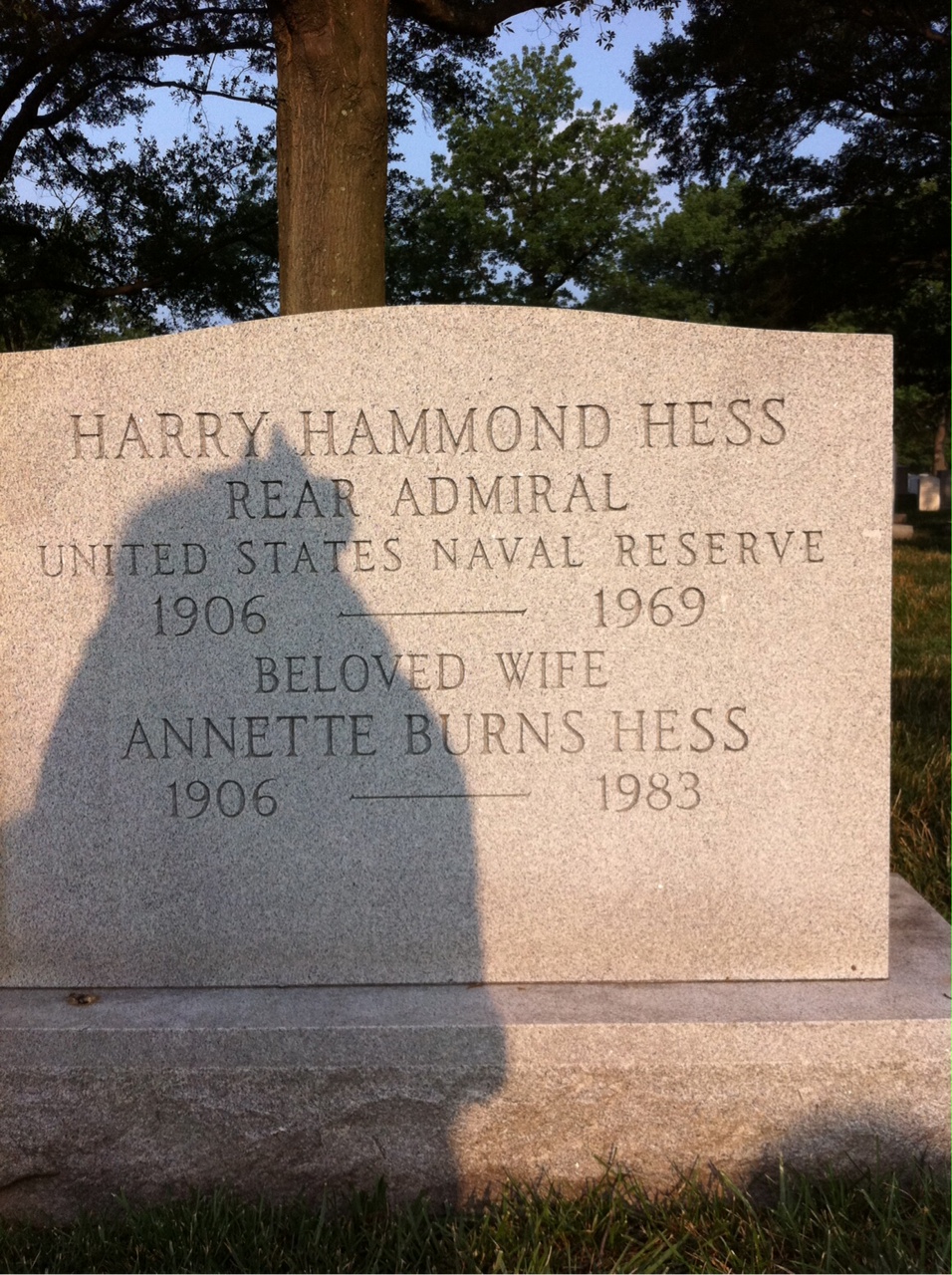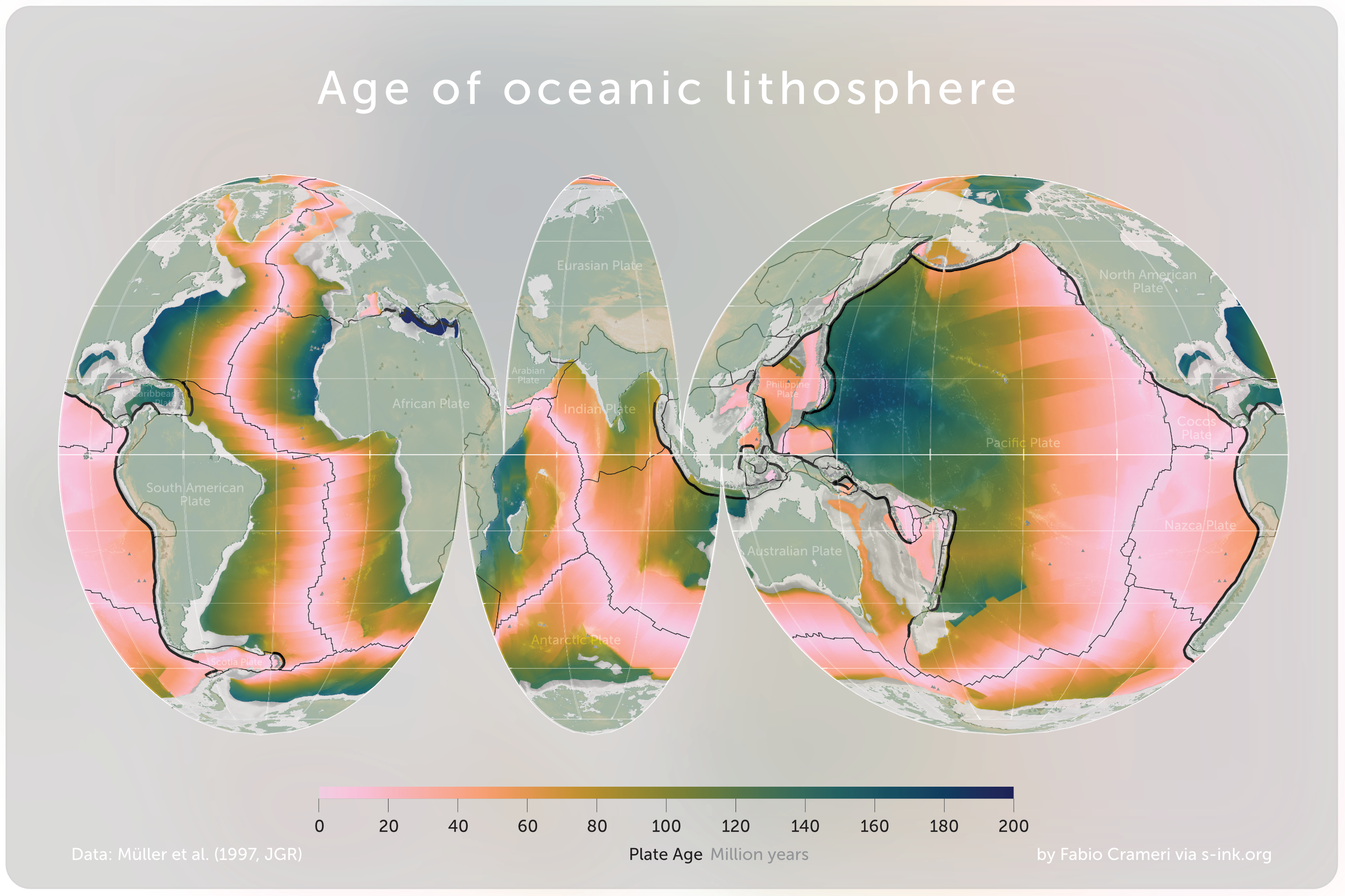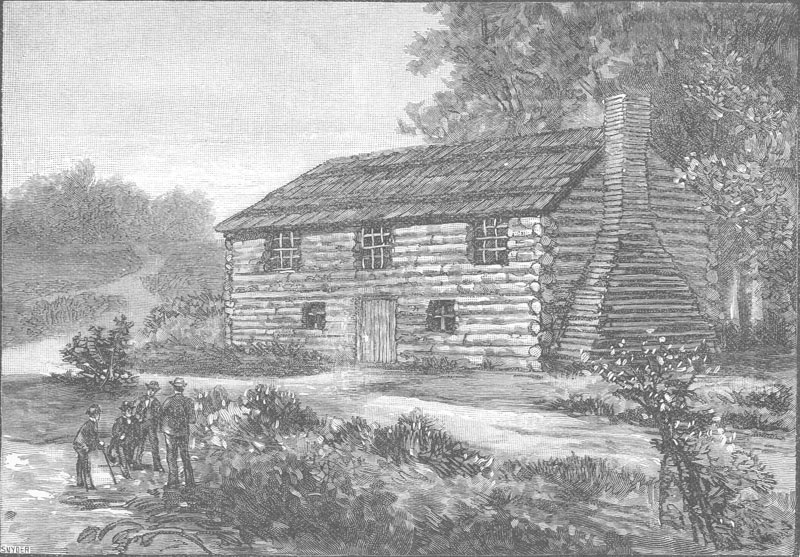|
Mohole
Project Mohole was an attempt in the early 1960s to drill through the Earth's Crust (geology), crust to obtain samples of the Mohorovičić discontinuity, or Moho, the boundary between the Earth's Crust (geology), crust and Mantle (geology), mantle. The project was intended to provide an earth science complement to the high-profile Space Race. While such a project was not feasible on land, drilling in the open ocean was more feasible, because the mantle lies much closer to the sea floor. Led by a group of scientists called the American Miscellaneous Society with funding from the National Science Foundation, the project suffered from political and scientific opposition, mismanagement, and cost overruns. The U.S. House of Representatives defunded it in 1966.Mohole, LOCO, CORE, and JOIDES: A brief chro ... [...More Info...] [...Related Items...] OR: [Wikipedia] [Google] [Baidu] |
Walter Munk
Walter Heinrich Munk (October 19, 1917 – February 8, 2019) was an American physical oceanographer. He was one of the first scientists to bring statistical methods to the analysis of oceanographic data. Munk worked on a wide range of topics, including surface waves, geophysical implications of variations in the Earth's rotation, tides, internal waves, deep-ocean drilling into the sea floor, acoustical measurements of ocean properties, sea level rise, and climate change. His work won awards including the National Medal of Science, the Kyoto Prize, and induction to the French Legion of Honour. Munk's career began before the outbreak of World War II and ended nearly 80 years later with his death in 2019. The war interrupted his doctoral studies at the Scripps Institution of Oceanography (Scripps), and led to his participation in U.S. military research efforts. Munk and his doctoral advisor Harald Sverdrup developed methods for forecasting wave conditions which were used in ... [...More Info...] [...Related Items...] OR: [Wikipedia] [Google] [Baidu] |
American Miscellaneous Society
The American Miscellaneous Society (AMSOC – 1952 to 1964) was an informal group made up of members of the US scientific community. BBC, Mark Piesing, May 62019 It was formed by Gordon Lill, of the , as an organization designed to collect various ideas that were submitted by scientists to the |
Mohorovičić Discontinuity
The Mohorovičić discontinuity ( ; )usually called the Moho discontinuity, Moho boundary, or just Mohois the boundary between the Earth's crust, crust and the Earth's mantle, mantle of Earth. It is defined by the distinct change in velocity of seismic waves as they pass through changing densities of rock. The Moho lies almost entirely within the lithosphere (the hard outer layer of the Earth, including the crust). Only beneath mid-ocean ridges does it define the lithosphere–asthenosphere boundary (the depth at which the mantle becomes significantly ductile). The Mohorovičić discontinuity is below the ocean floor, and beneath typical continental crusts, with an average of . Named after the pioneering Croats, Croatian seismologist Andrija Mohorovičić, the Moho separates both the oceanic crust and continental crust from the underlying mantle. The Mohorovičić discontinuity was first identified in 1909 by Mohorovičić, when he observed that seismograms from Depth of focus ... [...More Info...] [...Related Items...] OR: [Wikipedia] [Google] [Baidu] |
Willard Bascom
Willard Newell Bascom (November 7, 1916 – September 20, 2000), was an engineer, adventurer and scientist, as well as a writer, photographer, painter, miner, cinematographer, and archeologist, who first proposed using Neoprene for wetsuits to fellow scientist Hugh Bradner. He authored several books which include the topics of waves, geology, archaeology, poetry, and oceanography. In his book ''Deep water, Ancient Ships'' he first proposed the hypothesis that anoxic water in the Black Sea would preserve ancient Black Sea shipwrecks. He led the first test drillings for Project Mohole, and was project director from 1960-1962. Bascom was a consultant to the Advisory Committee on Government Organization. Obituary, LA Times, Oct. 14, 2000 He also served as the Technical Director of the Advisory Committee on Civil Defense of th ... [...More Info...] [...Related Items...] OR: [Wikipedia] [Google] [Baidu] |
Deep Sea Drilling Project
The Deep Sea Drilling Project (DSDP) was an ocean drilling project operated from 1968 to 1983. The program was a success, as evidenced by the data and publications that have resulted from it. The data are now hosted by Texas A&M University, although the program was coordinated by the Scripps Institution of Oceanography at the University of California, San Diego. DSDP provided crucial data to support the seafloor spreading hypothesis and helped to prove the theory of plate tectonics. DSDP was the first of three international scientific ocean drilling programs that have operated over more than 40 years. It was followed by the Ocean Drilling Program (ODP) in 1985, the Integrated Ocean Drilling Program in 2004 and the present International Ocean Discovery Program in 2013. History The initial contract between the National Science Foundation (NSF) and the Regents of the University of California was signed on June 24, 1966. This contract initiated the first phase of the DSDP, which wa ... [...More Info...] [...Related Items...] OR: [Wikipedia] [Google] [Baidu] |
Mantle (geology)
A mantle is a layer inside a planetary body bounded below by a Planetary core, core and above by a Crust (geology), crust. Mantles are made of Rock (geology), rock or Volatile (astrogeology), ices, and are generally the largest and most massive layer of the planetary body. Mantles are characteristic of planetary bodies that have undergone planetary differentiation, differentiation by density. All Terrestrial planet, terrestrial planets (including Earth), half of the giant planets, specifically ice giants, a number of Asteroid, asteroids, and some planetary Natural satellite, moons have mantles. Examples Earth The Earth's mantle is a layer of Silicate minerals, silicate rock between the Crust (geology), crust and the Earth's outer core, outer core. Its mass of 4.01 × 1024 kg is 67% the mass of the Earth. It has a thickness of making up about 84% of Earth's volume. It is predominantly solid, but in Geologic time scale, geological time it behaves as a Viscosity, visc ... [...More Info...] [...Related Items...] OR: [Wikipedia] [Google] [Baidu] |
Harry Hammond Hess
Harry Hammond Hess (May 24, 1906 – August 25, 1969) was an American geologist and a United States Navy officer in World War II who is considered one of the "founding fathers" of the unifying theory of plate tectonics. He published theories on sea floor spreading, specifically on relationships between island arcs, seafloor gravity anomalies, and serpentinized peridotite, suggesting that the convection in the Earth's mantle is the driving force behind this process. Early life and education Harry Hammond Hess was born on May 24, 1906, in New York City to Julian S. Hess, a member of the New York Stock Exchange, and Elizabeth Engel Hess. He attended Asbury Park High School in Asbury Park, New Jersey. In 1923, he entered Yale University, where he intended to study electrical engineering but ended up graduating with a Bachelor of Science degree in geology. Hess failed his first time taking mineralogy at Yale and was told he had no future in the field. Despite this, he continued wi ... [...More Info...] [...Related Items...] OR: [Wikipedia] [Google] [Baidu] |
Mantle (geology)
A mantle is a layer inside a planetary body bounded below by a Planetary core, core and above by a Crust (geology), crust. Mantles are made of Rock (geology), rock or Volatile (astrogeology), ices, and are generally the largest and most massive layer of the planetary body. Mantles are characteristic of planetary bodies that have undergone planetary differentiation, differentiation by density. All Terrestrial planet, terrestrial planets (including Earth), half of the giant planets, specifically ice giants, a number of Asteroid, asteroids, and some planetary Natural satellite, moons have mantles. Examples Earth The Earth's mantle is a layer of Silicate minerals, silicate rock between the Crust (geology), crust and the Earth's outer core, outer core. Its mass of 4.01 × 1024 kg is 67% the mass of the Earth. It has a thickness of making up about 84% of Earth's volume. It is predominantly solid, but in Geologic time scale, geological time it behaves as a Viscosity, visc ... [...More Info...] [...Related Items...] OR: [Wikipedia] [Google] [Baidu] |
National Science Foundation
The U.S. National Science Foundation (NSF) is an Independent agencies of the United States government#Examples of independent agencies, independent agency of the Federal government of the United States, United States federal government that supports fundamental research and education in all the non-medical fields of science and engineering. Its medical counterpart is the National Institutes of Health. With an annual budget of about $9.9 billion (fiscal year 2023), the NSF funds approximately 25% of all federally supported basic research conducted by the List of American institutions of higher education, United States' colleges and universities. In some fields, such as mathematics, computer science, economics, and the social sciences, the NSF is the major source of federal backing. NSF's director and deputy director are appointed by the president of the United States and Advice and consent, confirmed by the United States Senate, whereas the 24 president-appointed members of the ... [...More Info...] [...Related Items...] OR: [Wikipedia] [Google] [Baidu] |
Sea-floor Spreading
Seafloor spreading, or seafloor spread, is a process that occurs at mid-ocean ridges, where new oceanic crust is formed through volcanic activity and then gradually moves away from the ridge. History of study Earlier theories by Alfred Wegener and Alexander du Toit of continental drift postulated that continents in motion "plowed" through the fixed and immovable seafloor. The idea that the seafloor itself moves and also carries the continents with it as it spreads from a central rift axis was proposed by Harold Hammond Hess from Princeton University and Robert Dietz of the U.S. Naval Electronics Laboratory in San Diego in the 1960s. The phenomenon is known today as plate tectonics. In locations where two plates move apart, at mid-ocean ridges, new seafloor is continually formed during seafloor spreading. Significance Seafloor spreading helps explain continental drift in the theory of plate tectonics. When oceanic plates diverge, tensional stress causes fractures to occur i ... [...More Info...] [...Related Items...] OR: [Wikipedia] [Google] [Baidu] |
Princeton University
Princeton University is a private university, private Ivy League research university in Princeton, New Jersey, United States. Founded in 1746 in Elizabeth, New Jersey, Elizabeth as the College of New Jersey, Princeton is the List of Colonial Colleges, fourth-oldest institution of higher education in the United States and one of the nine colonial colleges chartered before the American Revolution. The institution moved to Newark, New Jersey, Newark in 1747 and then to its Mercer County, New Jersey, Mercer County campus in Princeton nine years later. It officially became a university in 1896 and was subsequently renamed Princeton University. The university is governed by the Trustees of Princeton University and has an endowment of $37.7 billion, the largest List of colleges and universities in the United States by endowment, endowment per student in the United States. Princeton provides undergraduate education, undergraduate and graduate education, graduate instruction in the hu ... [...More Info...] [...Related Items...] OR: [Wikipedia] [Google] [Baidu] |
Plate Tectonics
Plate tectonics (, ) is the scientific theory that the Earth's lithosphere comprises a number of large tectonic plates, which have been slowly moving since 3–4 billion years ago. The model builds on the concept of , an idea developed during the first decades of the 20th century. Plate tectonics came to be accepted by Earth science, geoscientists after seafloor spreading was validated in the mid-to-late 1960s. The processes that result in plates and shape Earth's crust are called ''tectonics''. Tectonic plates also occur in other planets and moons. Earth's lithosphere, the rigid outer shell of the planet including the crust (geology), crust and upper mantle, is fractured into seven or eight major plates (depending on how they are defined) and many minor plates or "platelets". Where the plates meet, their relative motion determines the type of plate boundary (or fault (geology), fault): , , or . The relative movement of the plates typically ranges from zero to 10 cm annu ... [...More Info...] [...Related Items...] OR: [Wikipedia] [Google] [Baidu] |



